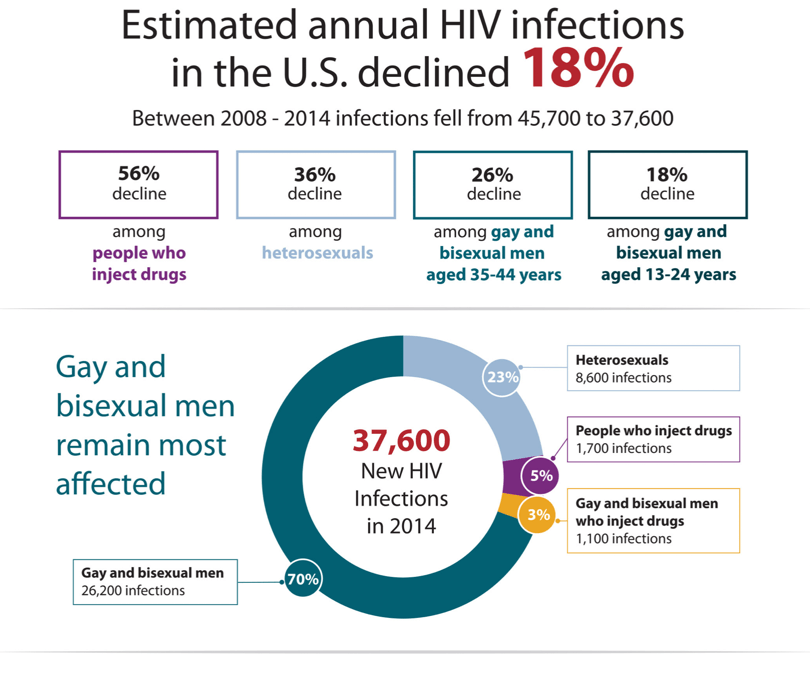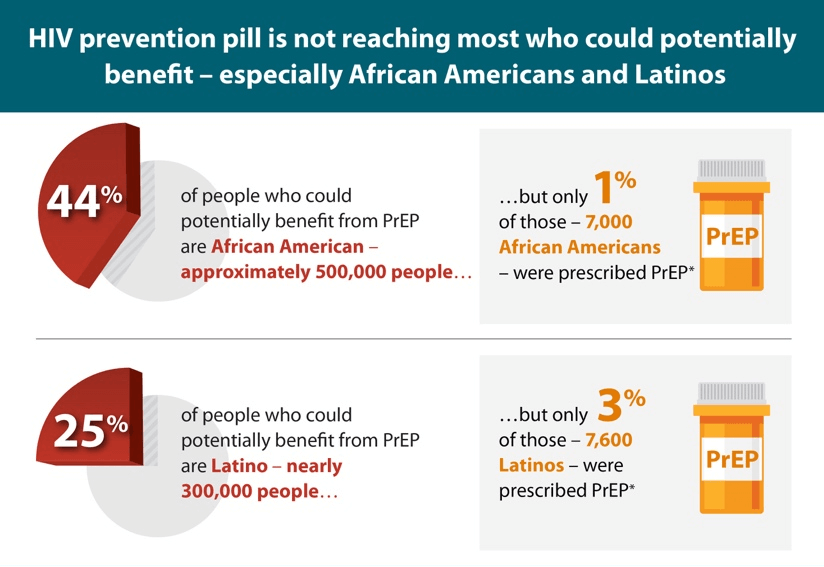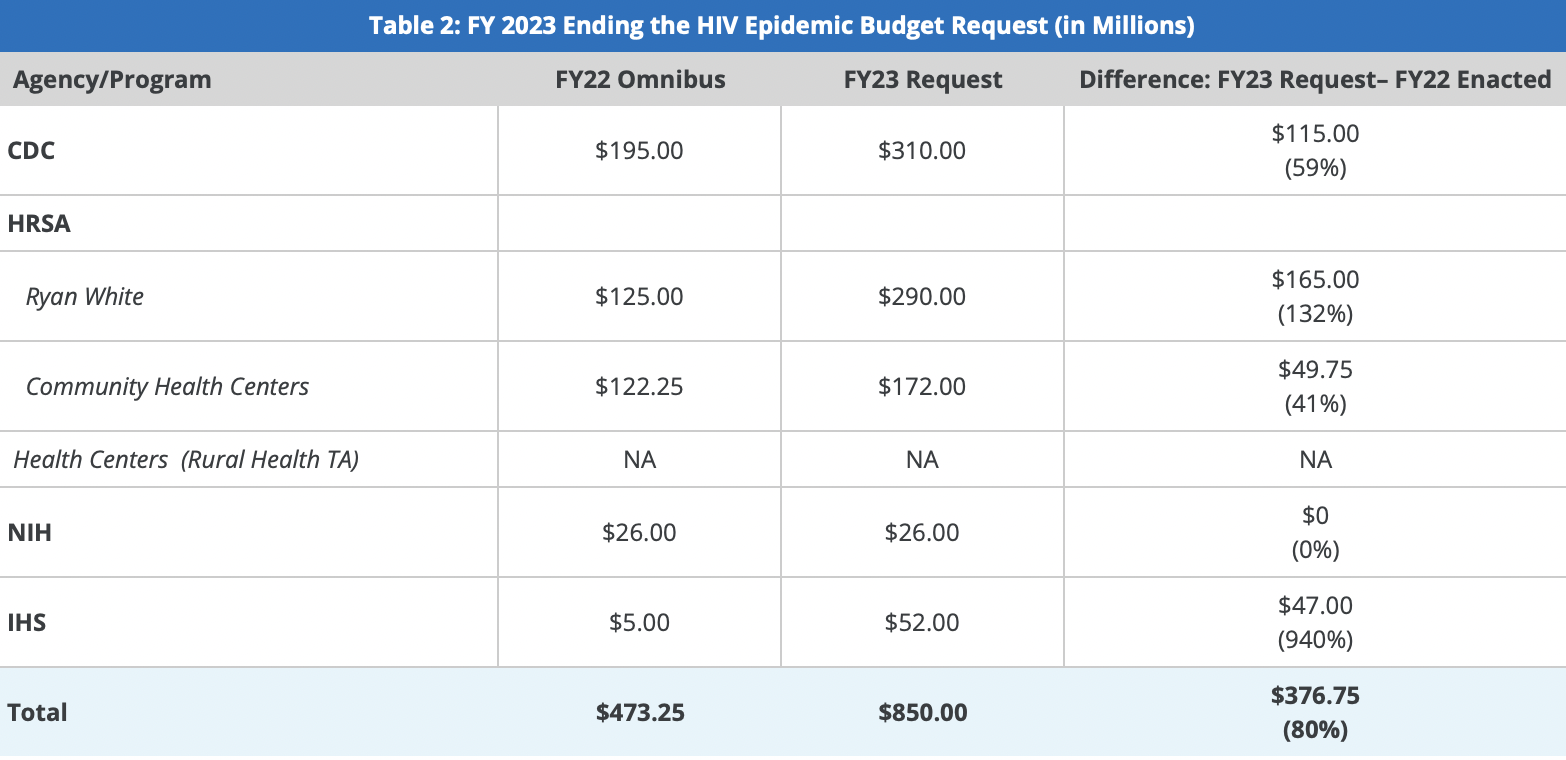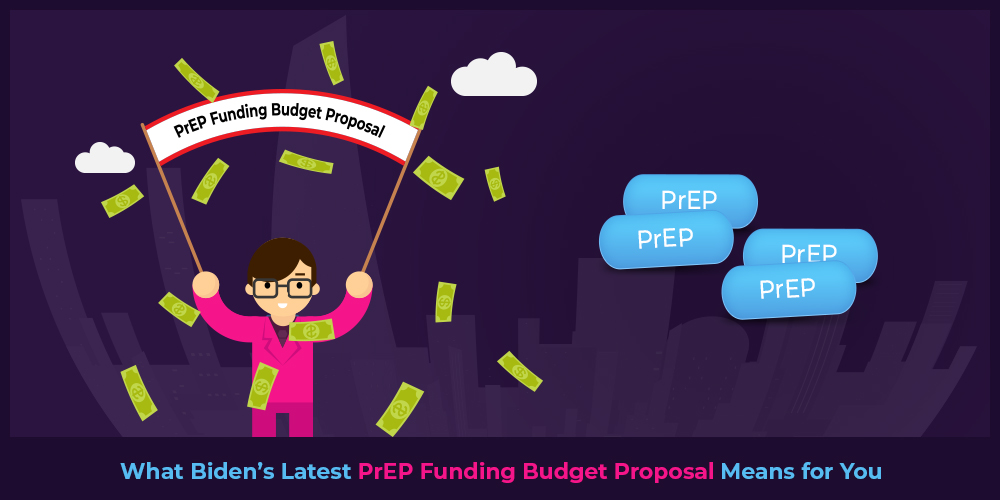Ever since PrEP (pre-exposure prophylaxis) was approved by the FDA in 2012, it has certainly contributed to a decline in the number of new HIV diagnoses. Between 2008 to 2014, the number of new HIV cases dropped by 18% – and up to 56% amongst people using injection drugs.

However, there are still millions of people in the US who are at risk of HIV transmission that is not currently taking PrEP. There are countless reasons why: lack of health insurance, high cost of the prescription, and a lack of medical care resources. But a recent change proposed by President Biden could change that.
In March of 2022, President Biden proposed a $9.8 billion budget for a national PrEP program set for 2023. In this proposal, Biden hopes to reach an end to the HIV epidemic by reducing transmission rates by 75% over the next 2 years.
While this all sounds well and good, many question whether throwing billions of dollars at the HIV issue will actually make a difference. Here’s everything that you need to know about this proposed change and how it could impact your access to PrEP:
1. Current Issues with PrEP Access
PrEP is a prescription medication that is taken either daily or on-demand to prevent transmission before exposure. Someone who is taking PrEP consistently can lower their chances of HIV transmission through sexual intercourse by up to 99%. Essentially this medication works by preventing the virus from reproducing in the body and overtaking healthy cells.
If you are insured by a private health insurance company, the cost of PrEP (and related health services) is completely covered. However, without insurance coverage, getting this medication can be quite expensive and out of range for many people. A 30-day supply of Truvada or Descovy (two of the most common brands of PrEP) can be over $2,000.
Thankfully, there are cost-assistance programs to help reduce prescription costs. But there are also the additional medical costs that are major factors. This includes regular blood tests, medical exams, as well as transportation to doctors and pharmacies which isn’t always an option for some people.
Sadly, the use of PrEP is disproportionally low amongst specific demographics. For instance, African Americans make up 44% of the number of people at high risk of HIV transmission. However, just 1% of respondents actually had an active prescription.

2. How Will this Proposed PrEP Budget Help?
Biden’s proposal plans to provide further funding to current HIV programs in the US, such as the Ending the HIV Epidemic initiative. They have been doing this by offering education, access to PrEP, and assistance to areas where HIV transmission is the highest. This has been primarily in lower-income communities, particularly in the South as well as impoverished areas. Biden’s plan is to provide $377 million towards this program so they can offer further assistance to communities in need.
Further, this budget proposal will also send $13.5 million to the CDC’s hepatitis division to provide treatment, testing, and education to people at risk. Although HIV does not cause hepatitis, co-infection is quite common. Additional funding for hepatitis treatment and prevention may in turn help to lower HIV transmission rates.
The budget also proposes additional funding to other organizations in the US that have done great work to lower HIV transmission. The Ryan White HIV/AIDS Program would receive $290 million and the Indian Health Service would receive an additional $47 million for HIV prevention services. Some of the funding will also go towards the National Institutes of Health for HIV research.

The majority of the proposed budget will go towards creating a nationwide delivery program, for PrEP. This will help to solve the issue of transportation and access to pharmacies to get refills. This type of service will make it far easier for people to get the medication they need.
3. What Can You Do to Help?
Currently, this proposal will need to be passed by Congress before it is allocated. Of course, this $9.8 billion is just a part of the overall 2023 budget, which also covers numerous issues the US is currently facing within healthcare, education, and housing. Chances are that financial allocations will be changed and amended – but no matter what, this proposal is certainly a historical step toward ending the HIV epidemic in the US.
So, what can you personally do in the meantime? Well, you can call up your state Congress members to let them know why this budget proposal is so important. You have the right to call your senator and state representative’s office. While you may not speak to them directly, you may be able to talk to a staffer or leave a message.
Of course, you should also use your voting rights to put people who support HIV funding into office. Take time to read up on your state official’s stances on these topics and vote accordingly.
You can also find ways to support local organizations that are currently working to fight the HIV epidemic issue. Get in touch with local health clinics or testing services and see how you can volunteer or donate to help them.
Finally, one of the simplest ways that you can help is to get tested for HIV yourself. If you are at high risk of transmission, you should be tested every few months or at least once a year. Be sure to encourage others (especially sexual partners) to get tested. Finally, talk to your own doctor about going on PrEP to see if it’s the right option to reduce your risk of transmission.
The Wrap Up
With proper funding and support, we could very easily reduce the number of HIV transmissions in the US significantly in just a few years. President Biden’s budget proposal could make a huge difference for people who are struggling to access PrEP or other HIV testing health services.
While we will have to wait and see how much funding is approved and allocated, there are some things you can do know to make a difference. To get in touch with local organizations or to learn more about going on PrEP, please get in touch with PrEP Daily. Our team of navigators can get you connected with health care providers in your area to learn more about HIV risk factors, prevention, and PrEP.

